 |
 |
|

My colleague Matt also did science demos for a while, and one day we built a Ruben's tube.
Matt made the tube and the propane supply, and I contributed the sound part - the laptop, amplifier and speaker.
| 
|
Because of the flames, we did this outside. One thing to note is my
CO2 bottle below the laptop and the amplifier. We used this to
flush the tube with CO2 so there is no oxygen in the tube when
you start flowing the propane [we found out the hard way that this is a
useful trick].
| 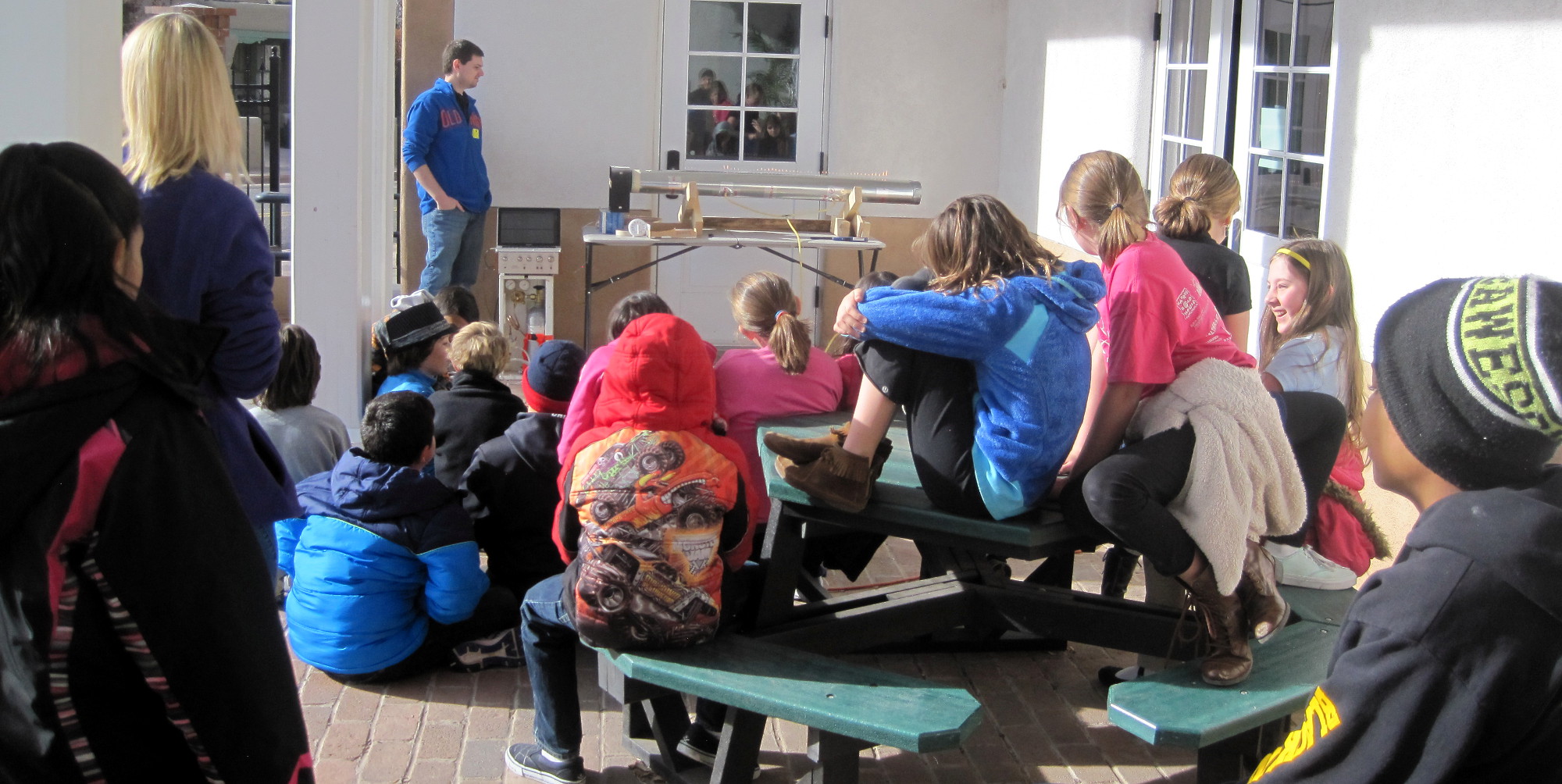
|
December 2014
|
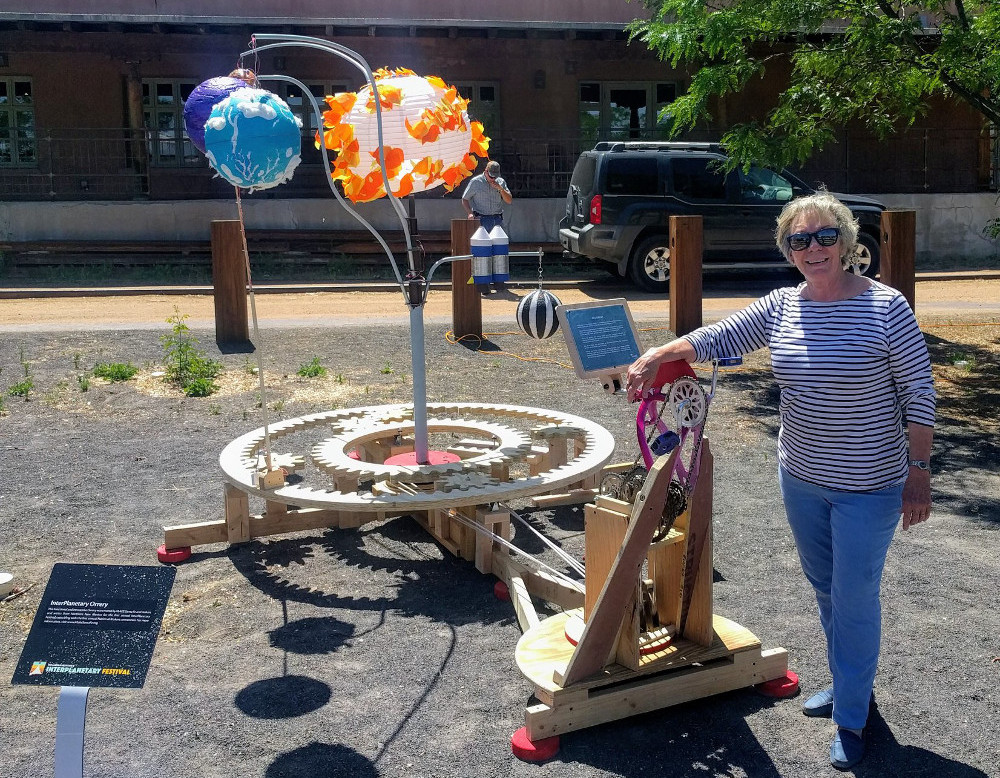
In 2018, a bunch of us at
Make Santa Fe
built an orrery, our contribution to the
Interplanetary Festival, which was organized by the
Santa Fe Institute.
Not exactly a project that I do in class, but we set up for a few
days in the railyard in 2018, and likely again each year for the festival.
The orrery now is stored at the
Children's Museum, where I set it
up
a few times per year.
The orrery is hand-cranked, and the (fantasy-) planets have led's in them
October 2022
|
One question that had been sitting on the 'unanswered questions'
list for a while was 'Tell us more about the human body'. I decided
to do this as
a set of distinct systems. This took up 2 sessions.
|
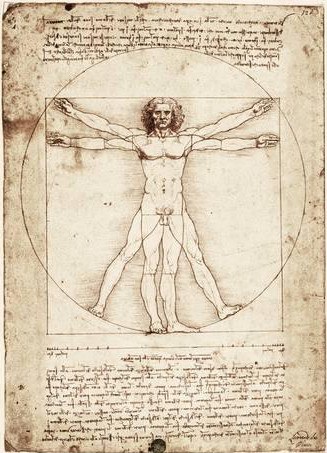
|
(1)
First, the skeleton. When you are born, you start out with
about 270 bones, but by the time you are an adult, the count is 206.
The biggest bone is the femur (thighbone), and the smallest bones are
found in the middle ear, with the stapes being the smallest.
Bones are held together with
ligaments, and in between bones is cartilage.
|
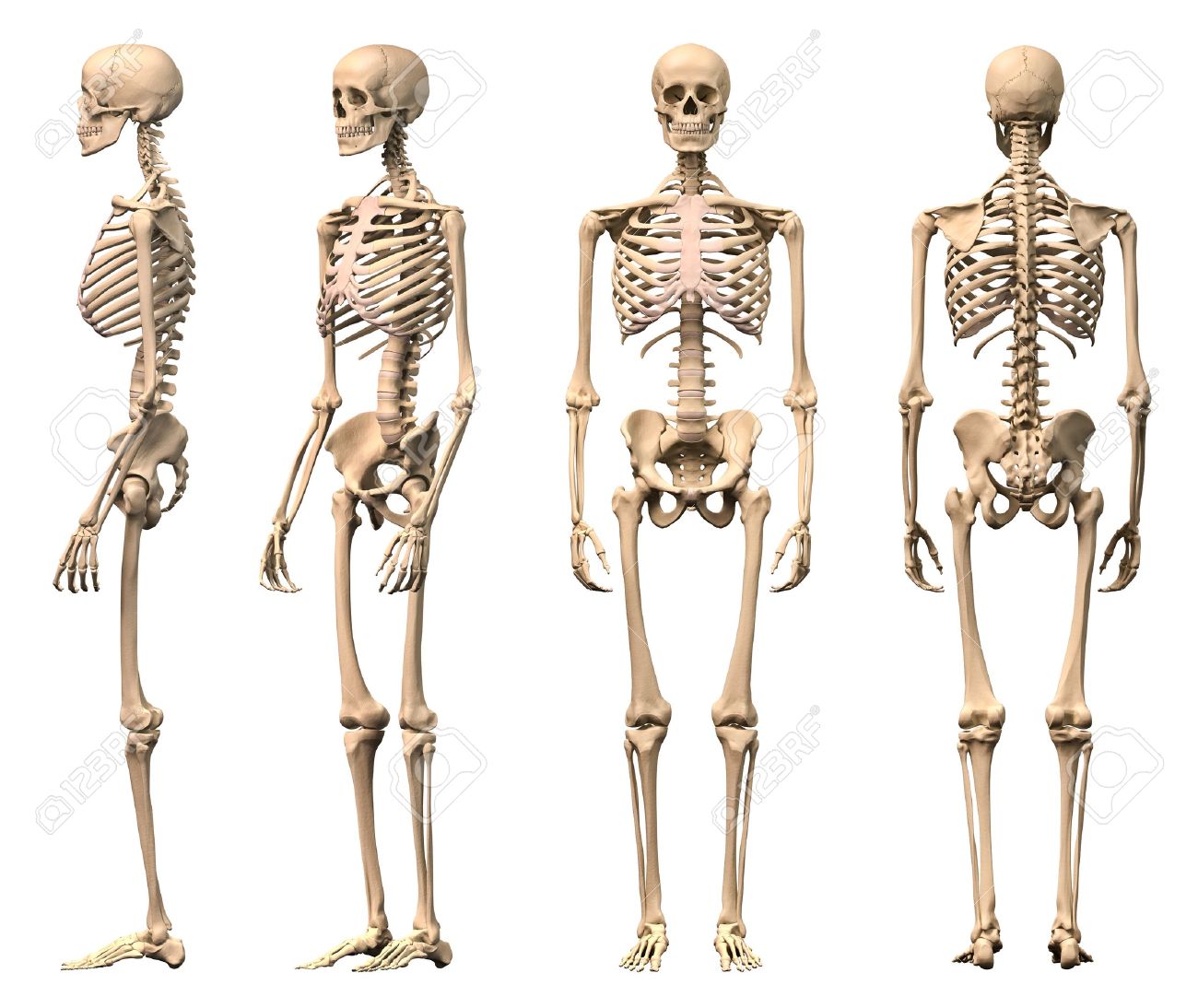
|
|
(2)
Muscles and tendons: The body has about 650 muscles. The biggest
is the gluteus maximus (the buttocks). The smallest is the
stapedius, which stabilizes the stapes bone.
Sometimes the muscles are located far from where they need to move bones.
The muscles that move your fingers are not in your hand, but in your
forearm. Tendons conect the muscles to the bones they need to move.
|
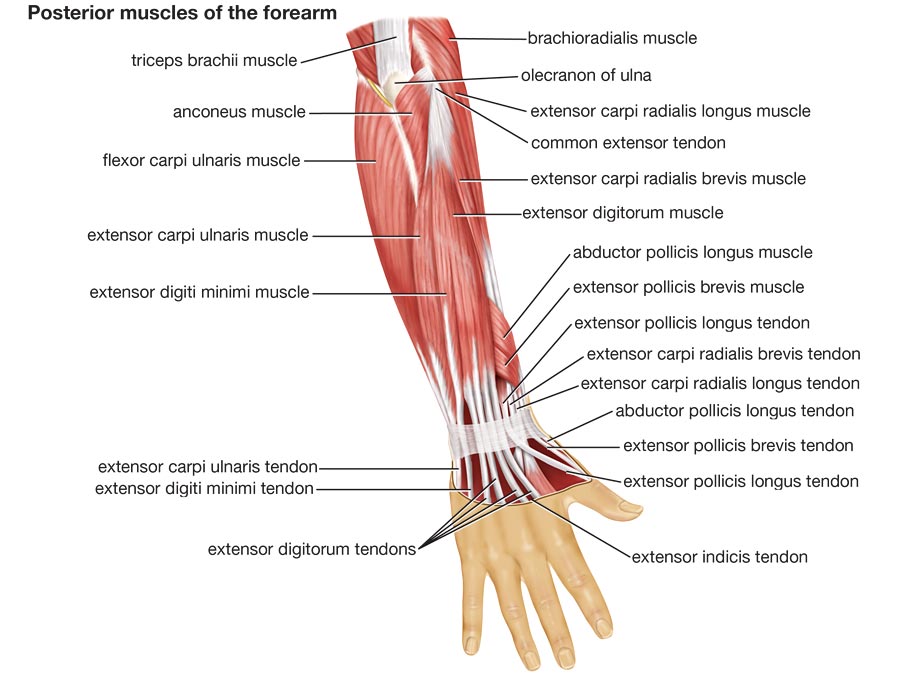
|
|
(3)
The circulatory system: It can be imaged as a figure-8 circuit:
from the heart the blood is pumped to the lungs, where oxygen is
taken up, and CO2.
(...) heart → body → heart
|
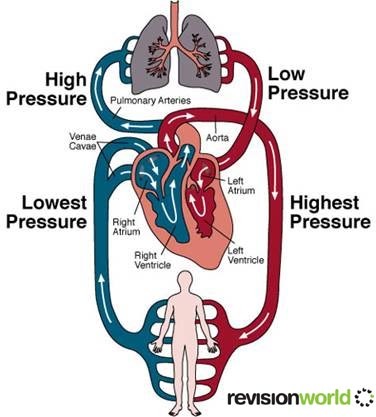
|
|
nervous system: brain - spinal cord - etc
Fast signal system
Sensory signalt to the brain
Muscle commands from the brain
|
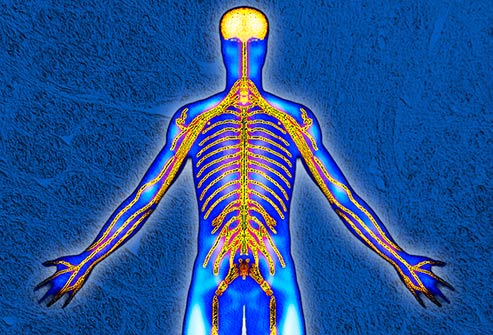
|
| digestive system
|
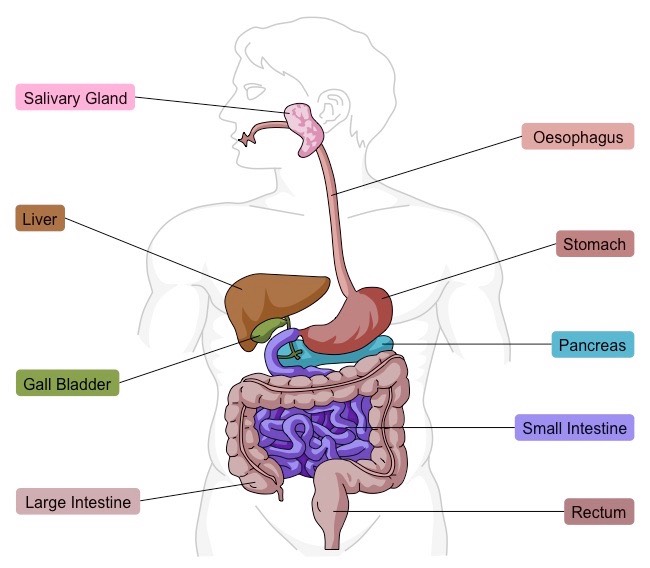
|
| cleanup: liver and kidneys
|
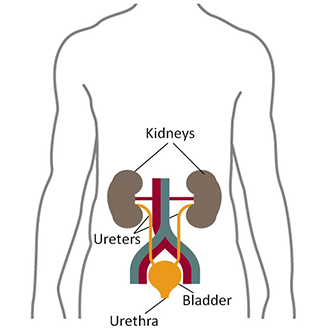
|
endocrine system
Sends chemical sisgnals via the blood
slow signal
|
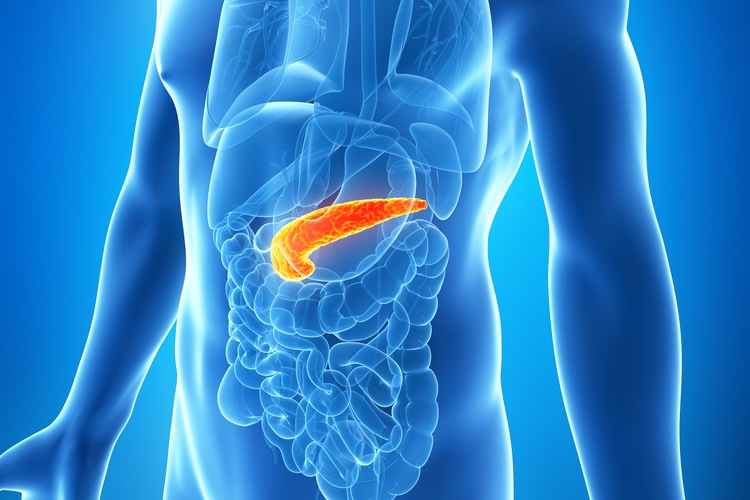
|
| immune system
|
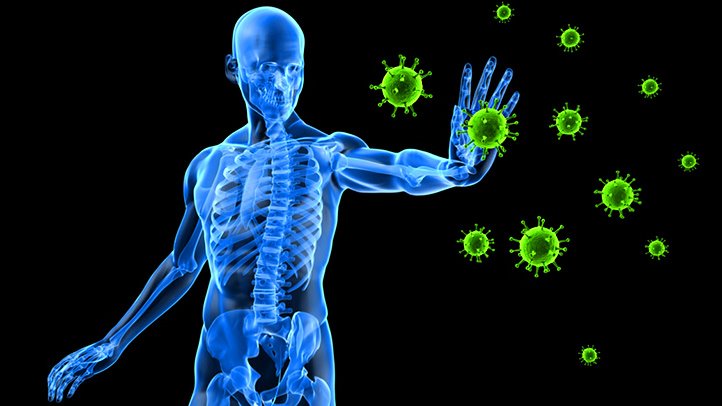
|
| Microbiome: bacteria, viruses, fungi, parasites
|
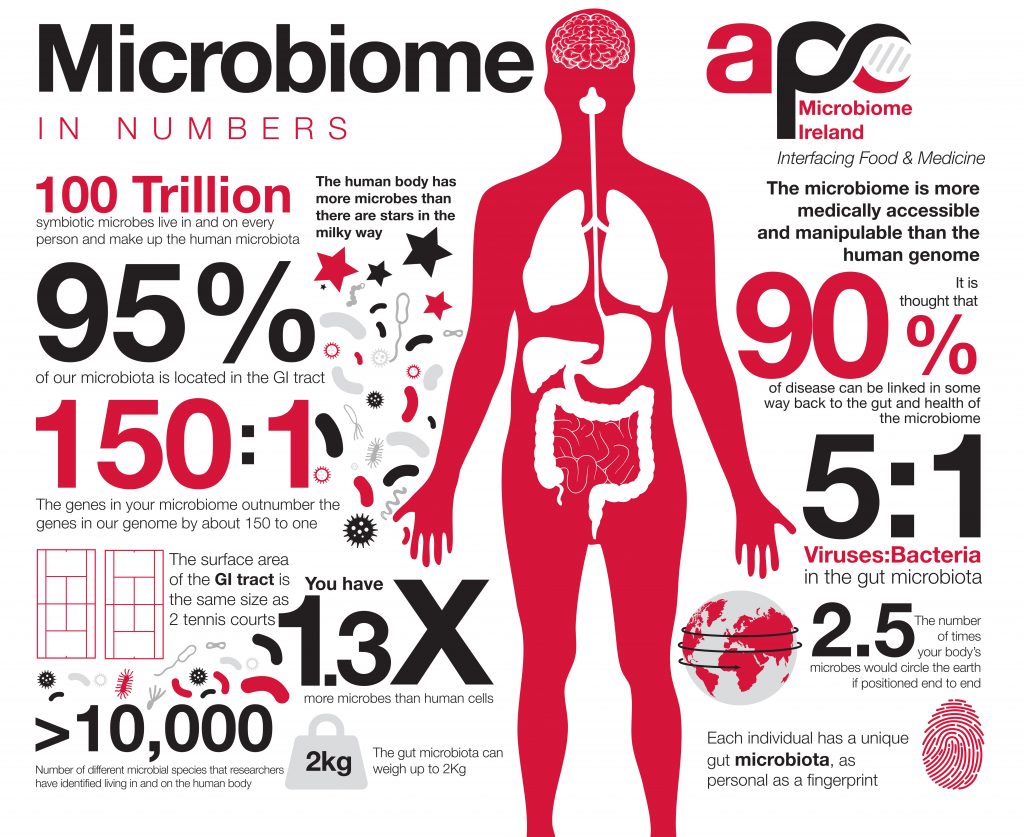
|
February 2019
|
I brought a book I had 'How to Fossilize your Hamster". Very useful.
Terri had a pretty good collection of fossils to show. I went over the basics.
you need:
- rapid burial
- low oxygen
- more sediments on top
- no heat
lots of time
| body fossils | trace fossils
| | bones | footprints
| | teeth | tracks
| | feathers | coprolites
| | eggs |
|
permineralization petrified wood
mold or cast leaves, shells
carbonization leaf films
unaltered amber
dating fossils
|
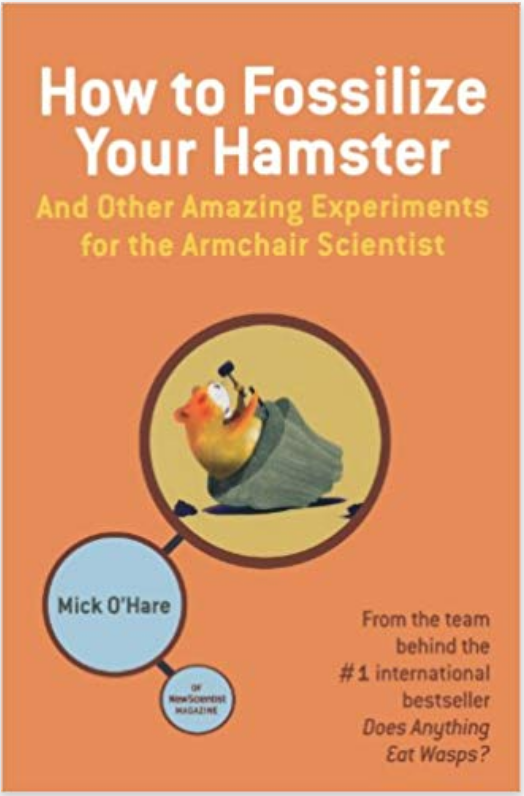
|
- fosillaria
- NM state fossil:
Coelophysis bauri, which weighs about 50 lbs and measures
about 6'. Lots of themwere found at Ghost Ranch,
not far from here.
- cat scans allow you now to look inside
rocks to see the bones inside, without having to cut them open.
February 2019
|
|















